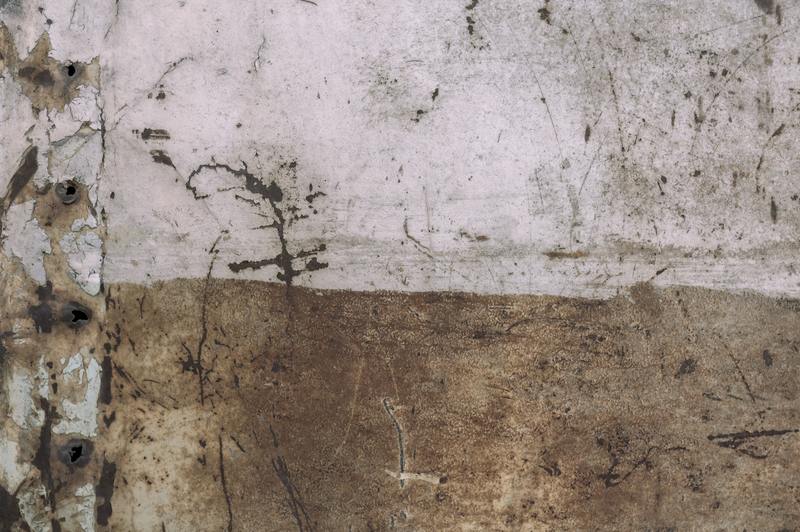If you are wondering how to replace section of water damaged wall, you have come to the right place! Our walls serve as our protection from rain, heat, or anything that may happen outside our house. However, if these walls are prone to damage, we must protect them too.
This article will be your helping hand for today as we discuss how to replace your water damaged wall. Continue reading to know more!

How Do You Replace A Section Of A Water Damaged Wall?
There are three methods you can choose from when replacing your water damaged wall. These methods may vary depending on if your wall is plaster, concrete, or built with drywall.
Before doing any repair, you need to ensure that the wall is entirely dry and clean. Remove any dirt and debris, and clean molds if there are any. You must also repair the source of the water damage.
Method #1. When your wall is plaster
Plaster has lath underneath it. When this material starts to absorb water, it will expand, which causes the wall to crack and break. This situation may be stressful to deal with, but here are the steps that may help you!
Step #1. Scrape off flaking paints and remove water damaged plaster and lath.
Step #2. Prepare a new set of laths and screw them to the undamaged ones.
Step #3. Drill evenly-spaced holes on the perimeter of the section of damaged plaster.
Step #4. Inject adhesives to the holes to attach the loose plaster to the lath. Use a damp cloth to remove excess adhesives.
Step #5. Use washers and screws to fasten the plaster better to the lath. This step does not require you to put washers on every hole — a few holes are enough.
Step #6. Apply the first coat of plaster and let it harden. Remove the washers and smoothen the surface.
Step #7. Apply a second coat, let it dry, and flatten the surface.
Step #8. Apply thin coats of joint compound and use a damp sponge to remove the dust lightly.
Method #2. When you have concrete walls
Concrete walls provide a more durable and stable wall system. Nonetheless, it can still encounter damages due to the high pressure that water brings. To replace water damaged concrete walls, follow these steps:
Step #1. Measure the damaged area.
Step #2. Remove the damaged part of the concrete wall.
Step #3. Insert metal reinforcements and drill holes to put metal strips.
Step #4. Use an appropriate adhesive to ensure that you secured the bar into place. Let it dry.
Step #5. Apply concrete adhesive on the old concrete so that the new concrete can stick when applied.
Step #6. Pour the new mixture of concrete. You can also put forms to ensure that the concrete will not move beyond the allotted space. You may also use a concrete sealer if you wish to do so
Method #3. When replacing drywalls
Lastly, drywall is also a popular material for interior walls that can also face water damages. If the wreckage becomes worse, it is better to replace it immediately. To do that, here are the steps!
Step #1. Remove the drywall by hand or through using a wrecking bar or end of a hammer.
Step #2. Cut the hole into a rectangular shape or square using a keyhole saw.
Step #3. Measure the hole and cut replacement drywall that suits the measurement.
Step #4. Get a piece of wood and screw it behind the hole so that you can have solid support where you can screw the drywall later.
Step #5. Put the drywall in the hole and screw it to the wood properly. Ensure that it is tight and it does not move.
Step #6. Apply the first layer of drywall adhesive and put drywall tape afterward. Press it carefully so that it can be smooth and can stick better.
Step #7. Repeat step #6 until the damaged drywall becomes completely patched.
Step #8. Sand the surface down and apply joint compound to finish.
Hiring A Professional To Replace A Section Of Your Water Damaged Wall
When you are not confident enough about replacing your wall independently, you are always free to hire a professional. However, you must ensure first that you only hire a handyperson who has a license and insurance.
Protecting yourself from liability is one of the most significant reasons to hire a licensed and insured handyperson. If an uninsured person is hurt while working on a project at your home, they have the right to sue you for any damages.
Before hiring one, you must also ask about their insurance coverage to know what to do if something happens. You must be careful about this process because it will always be better to feel secure about everyone’s safety.
Conclusion
Our walls may be strong enough to protect us, but they are also fragile to water damage. Knowing how to replace section of water damaged wall can be the best way to protect them too. With the right replacing process, we can have well-built walls that can always make us feel secured!
